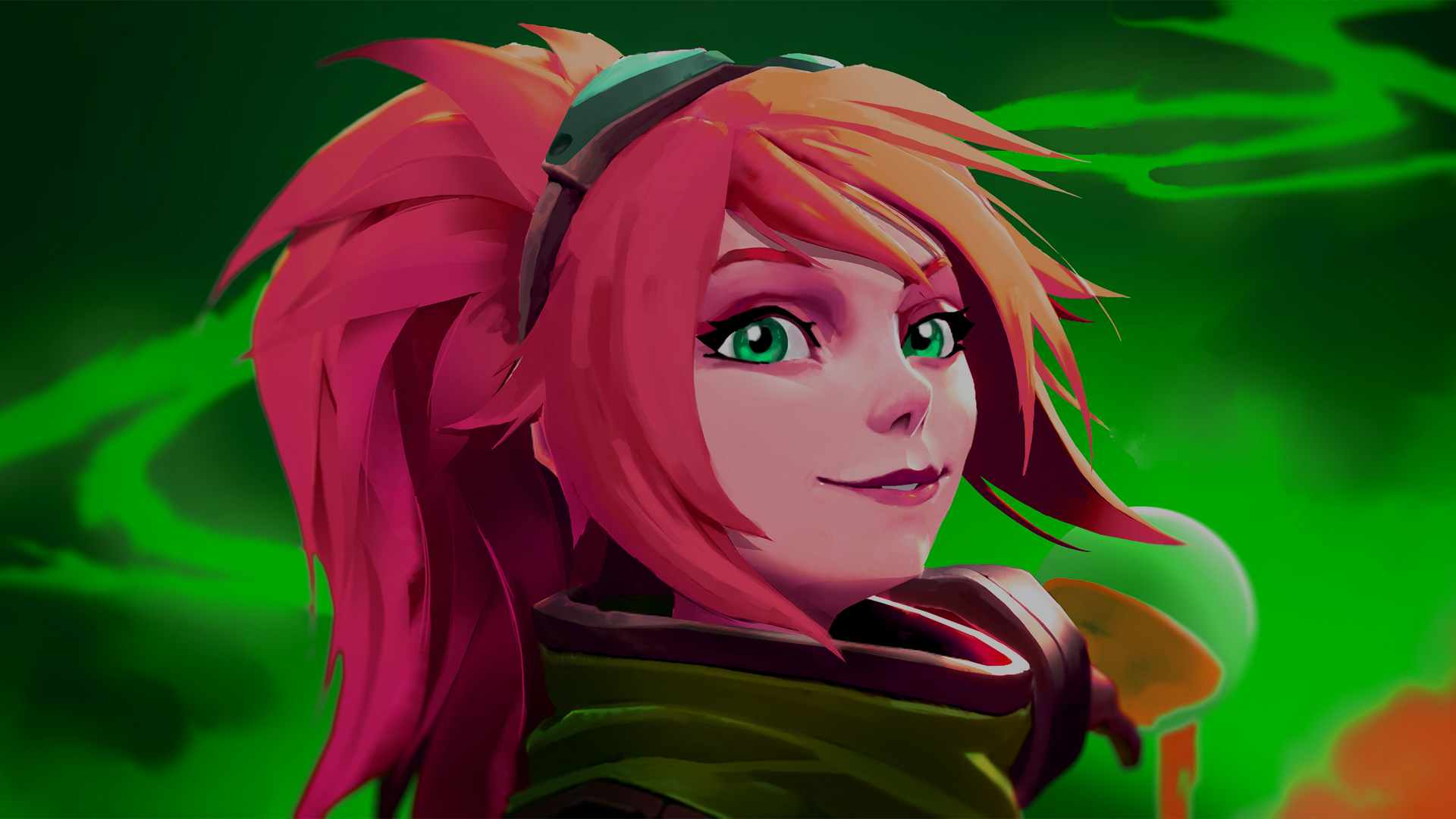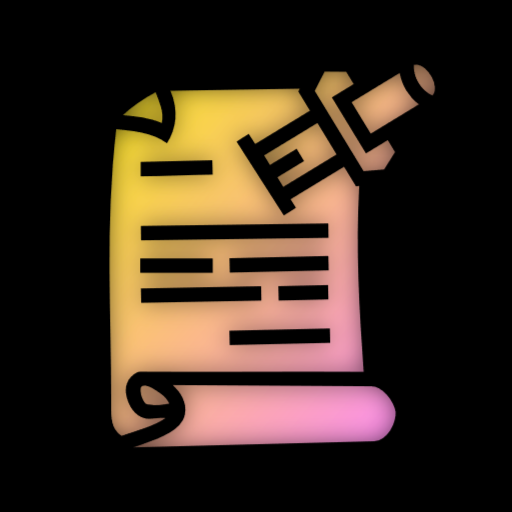Hover Text:
I call Rule 34 on Wolfram’s Rule 34.
Transcript
[Cueball is standing in a desert with lots of rocks lying around. He is narrating his own situation. The first panel spans the entire width of the comic. The first line of text is written to the left of him, the second line to the right.]
So I’m stuck in this desert for eternity.
I don’t know why. I just woke up here one day.[The next four panels take up the second line of the comic.]
[Cueball stand in the desert.]
I never feel hungry or thirsty.[Cueball walks in the desert.]
I just walk.[Zooming out while Cueball continues to walk in the desert.]
Sand and rocks[Zooming far out as Cueball again just stands in the desert. First line of text, above him, is a continuation of the text in the previous panel. The second line is below him.]
stretch to infinity.
As best as I can tell.[The next three panels take up the third line of the comic. The last takes up half the width.]
[Cueball is sitting in the desert, in a contemplative position. First line of text above him, the second below.]
There’s plenty of time for thinking out here.
An eternity, really.[Cueball is sketching stuff in the sand. First line of text above him, the second below.]
I’ve rederived modern math in the sand
and then some.[Three different graph types are depicted. First line of text above them, the second below.]
Physics too. I worked out the kinks in quantum mechanics and relativity.
Took a lot of thinking, but this place has fewer distractions than a Swiss patent office.[The next eight panels take up the fourth and fifth lines of the comic. All pictures are the same size.]
[Cueball is walking along the desert, laying out rocks on a line. Four have been deployed. He is laying down the fifth and has a sixth in his other hand.]
One day I started laying down rows of rocks.[Cueball, with a rock in his hand, continues to deploy rock 16, in a more intricate pattern. There are grid-lines in the sand (5 rows, 6 columns), with each intersection either empty of filled with a rock. No rocks lay anywhere but at an intersection on the grid.]
Each new row followed from the last in a simple pattern.[Zooming out showing even more laid out rocks. Cueball is seen directly from above, and we see his shadow falling on the grid of rocks (7 rows, 14 columns).]
With the right set of rules and enough space,[Continues to zoom further out showing clear triangular patterns (with no rocks) in the laid out grid of rocks. Cueball is not seen. (8 rows, 42 columns). First line of text above the grid, the second line below.]
I was able to build a computer.
Each new row of stones is the next iteration of the computation.[Zooming far out (no Cueball) with rows intersected by five clear V lines on top of them. The V’s are drawn inside each other, with the smallest V at the top right, and the other V’s starting just to the right of the previous one, and then continuing the same distance past the previous V, as the total length of the first V. The "" in the first line of text above this grid references to the footnote below written in a smaller font.]
Sure it’s rocks instead of electricity, but it’s the same thing. Just slower.
*Turing-complete[Cueball stands in a contemplative pose (on a clean white background - i.e. no dessert).]
After a while, I programmed it to be a physics simulator.[A black panel with white drawings and text. A small white dot (a particle) is labeled by two arrows coming of two binary strings.]
Every piece of information about a particle was encoded as a string of bits written in the stones.
00101010 00101010[A Feynman diagram showing two particles interacting. Two arrows going in and out with a snaking line between them.]
With enough time and space, I could fully simulate two particles interacting.[The next two panels take up the sixth line of the comic. The second panel takes up three-quarters of the width.]
[Cueball standing before the vastness of the desert, with his programmed lines of rock stretching to infinity.]
But I have infinite time and space.[A black panel with white drawings and text. Depiction of two large galaxies, one with four jets coming out of its center, the other a flat disc. Several smaller galaxies and/or stars are shown around them.]
So I decided to simulate a universe.[The next four panels take up the seventh line of the comic. They are of similar widths.]
[Cueball is walking by his grid of rocks, lines indicate he has just thrown another rock down in its place. It falls so hard it sinks into the sand that splashes out around it. The 14 rocks above him lie on the grid, four others below this grid have not been used yet.]
The eons blur past as I walk down a single row.[Zoom far far out to show multiple rows of rocks. It is not very clear that there are several triangular patterns (with no rocks) in different sizes in the laid out grid of rocks. There are about 50 rows and 90 columns. There are six large triangles on top of each other at the left edge. To the right, there are three even larger triangles from top to bottom, the one in the middle further to the left than the one above, but further right than the bottom one.]
The rows blur past to compute a single step.[Shows the placement of two particles in the simulation.]
And in the simulation…[The two particles have moved just long enough as to not overlap with their previous positions, shown as an after-image with faint gray lines. The text continues directly the one from the previous panel.]
another instant ticks by.[The next two panels take up the eighth line of the comic. They each take up half the width.]
[A Cueball-like person (you) observes a mote of dust vanish.]
So if you see a mote of dust vanish from your vision in a little flash or something[Cueball is standing between two rocks on the ground, while holding two rocks, one lifted up to his head. The first line of text is above him. It is a direct continuation of the text in the previous panel. The second line stands below to the right of him.]
I’m sorry. I must have misplaced a rock
sometime in the last few billions and billions of millennia.[Cueball stands in the “clean” part of his infinite desert, in front of the vastness of his infinity of infinite lines or rocks.]
Oh, and…[A Cueball-like student sits in a classroom with his head in his hands, Megan sits behind him, and a teacher points to the blackboard. A clock shows the time at five minutes to ten.]
If you think the minutes in your morning lecture are taking a long time to pass for you…


The only computation that is happening is when he compares two rocks. He doesn’t have the memory to store all computations simultaneously.
It’s like having a “simulation” of the universe on a hard drive and only really computing on plankt measurement at a time by changing the bits on the hard drive. The data is there, but that’s it it’s not a live interaction.
I think I see where you’re coming from. The computer in the comic is a Rule 110 automata, known to be Turing complete. It can perform complex calculations, allegedly.
I suppose it can get a bit philosophical whether an incomplete time instant is even visible from the inside of a simulation, because nothing moves after a single pass until the full frame is complete, hence limiting perception.